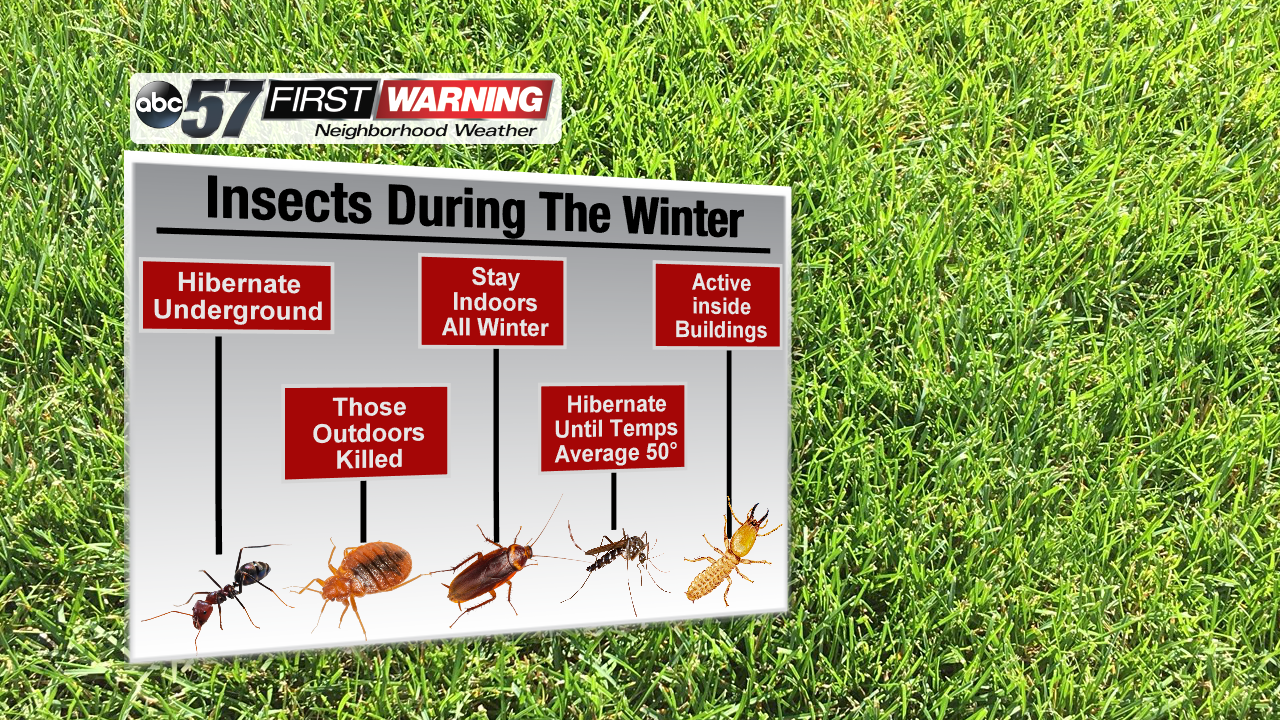Extreme January cold may have killed invasive insects
The emerald ash borer and southern pine beetle are two other invasive insect species that likely did not survive that arctic blast, per the press release. The emerald ash borer is all over Indiana with the southern pine beetle confined to southern parts of the state. However, not all unwelcome insects were killed off by the extreme cold. Insects such as ants, bed bugs, cockroaches, mosquitoes, and termites have ways to "dodge" being killed off by ultra cold temperatures. Whether it be hibernating underground, inside of trees or inside your home, they find ways to ensure sufficient warmth during the winter months. It is likely, though, that if any of these insects were exposed to the bitter cold (bed bugs caught outdoors, for example) they were killed. The press release warns that even if adult insects froze during the polar vortex, they could have already have laid eggs, which would hatch when the weather warms up.


